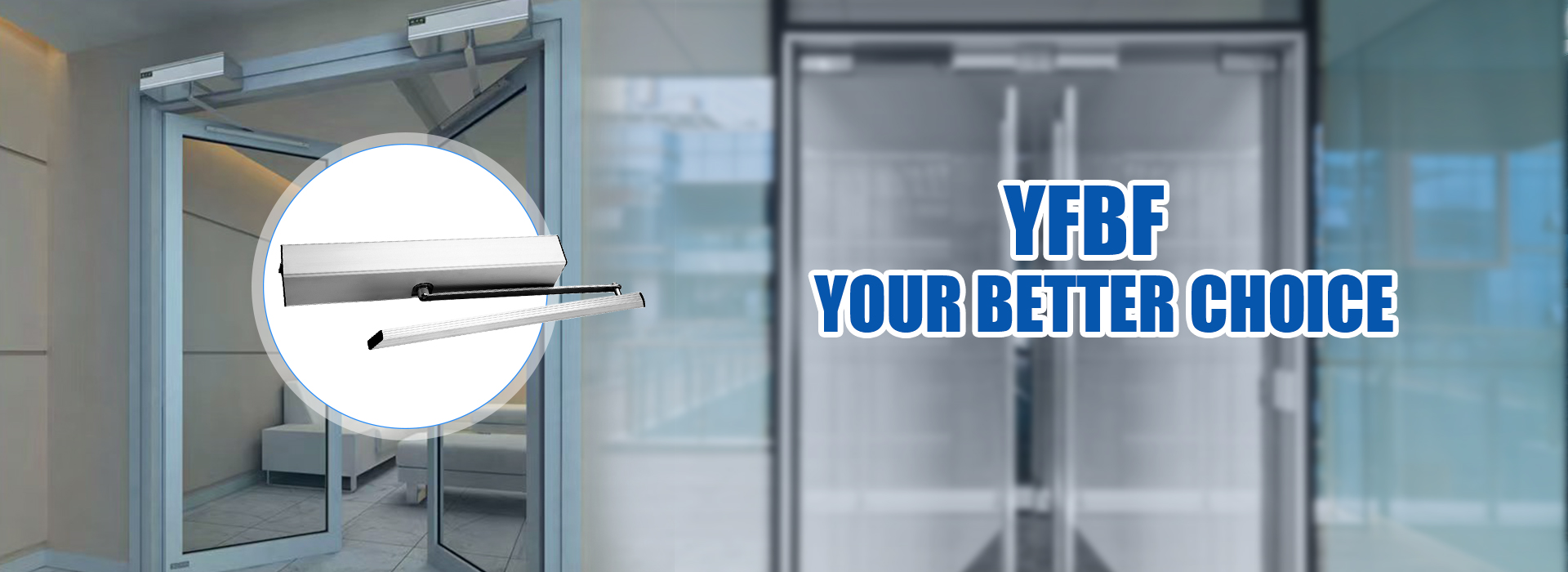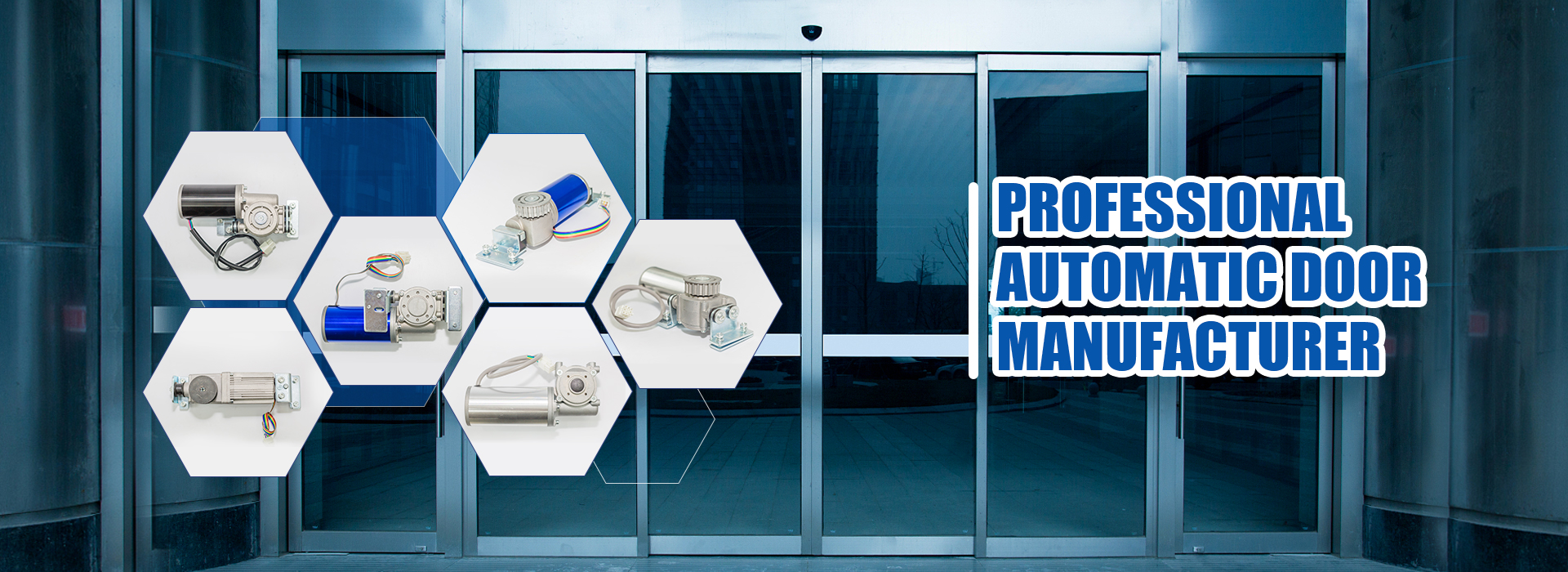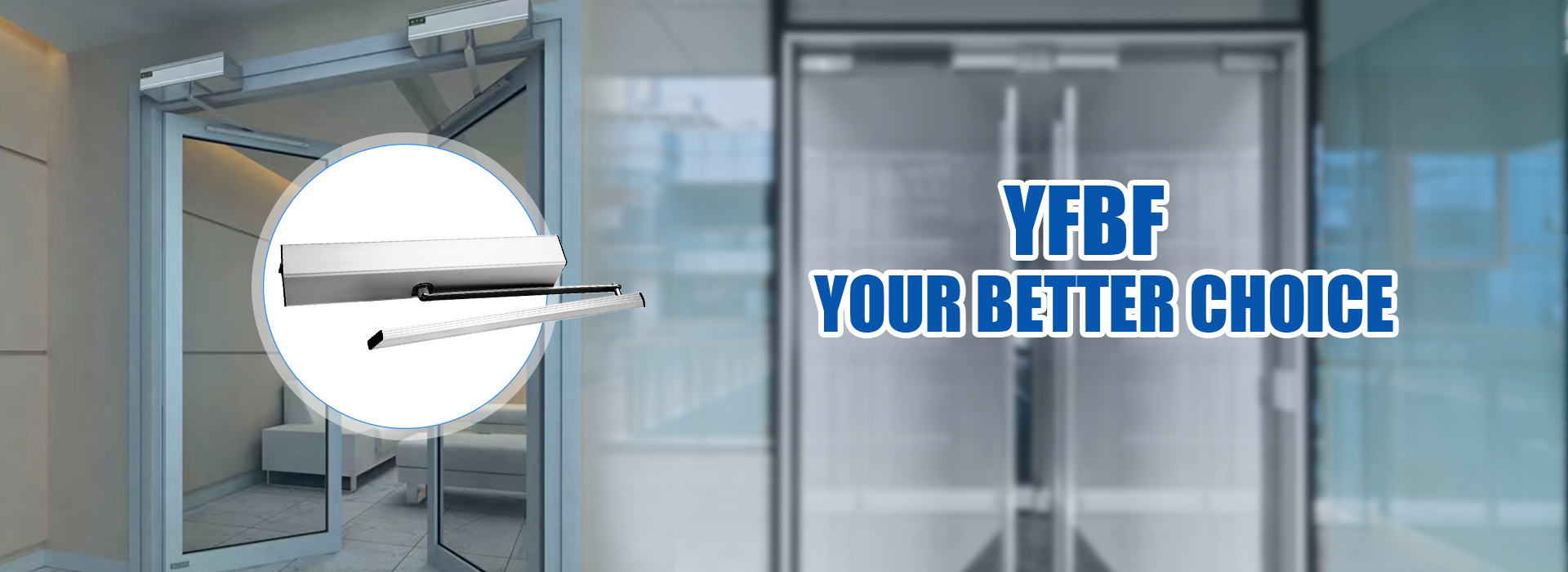
Sliding door openers play a vital role in modern spaces, but their safety often gets overlooked. Accidents, malfunctions, and emergency access issues pose real risks. For instance, hospitals have seen infection rates drop by 30% after introducing hermetically sealed sliding doors. Proactive measures, like regular checks, can prevent hazards and ensure smooth operation.
Safety isn’t just about convenience—it’s about protecting people and property.
Key Takeaways
- Checking and fixing sliding doors often keeps them safe. Look at them every month to make sure they work well and avoid accidents.
- Change how fast and sensitive sliding doors move to make them safer. Slower doors can help stop injuries, especially for kids and older people.
- Teach people how to use sliding doors safely. Easy lessons can stop accidents and help everyone use the doors the right way.
Identifying and Addressing Risks in Sliding Door Openers
Common Hazards in Sliding Door Operations
Sliding doors are convenient, but they come with risks. Malfunctioning automated doors can cause injuries like broken bones, blunt force trauma, or even crushing accidents. These incidents often result in serious head, neck, or back problems. For example, poorly maintained systems have led to wrongful death claims in some cases. Even manual sliding doors, when not properly maintained, can cause severe ligament injuries or worse.
Recalls from manufacturers highlight additional hazards. For instance:
- The Chamberlain Group recall revealed an entrapment hazard where doors could close unexpectedly.
- The Pella recall pointed out ingestion risks from accessible button cell batteries, which could lead to severe injuries or death.
- The ODL recall showed that doorglass inserts could fail during severe weather, creating wind-borne debris hazards.
These examples emphasize the importance of addressing common hazards to ensure safety.
Risks from Improper Installation or Maintenance
Improper installation or lack of maintenance can turn a sliding door opener into a safety hazard. A door that isn’t balanced correctly might not close or open as intended, increasing the risk of accidents. Monthly testing is crucial to ensure the door reverses upon contact with an object, as failure to do so could result in severe injuries.
A table below highlights key safety instructions related to installation and maintenance:
| Safety Instruction | Description |
|---|---|
| Proper Installation | Ensure the door is balanced to prevent injury. Repairs should be done by qualified professionals. |
| Monthly Testing | Test the door’s reverse function with a 1 1/2 inch object to ensure safety. |
| Emergency Release | Use the emergency release only when the door is closed to avoid rapid falls. |
| Child Safety | Keep remote controls away from children to prevent misuse. |
| Balance Maintenance | Regularly check the door’s balance to avoid accidents. |
By following these guidelines, users can significantly reduce risks associated with sliding door openers.
Environmental Factors Affecting Safety
Environmental conditions can also impact the safety of sliding doors. Extreme weather, such as strong winds or heavy rain, can damage the structural integrity of the door. For instance, the ODL recall highlighted how doorglass inserts failed under severe weather, creating dangerous debris.
Dust and debris accumulation can interfere with the door’s sensors, leading to malfunctions. High humidity levels may cause components to rust, reducing their effectiveness over time. Regular cleaning and inspections can help mitigate these issues. Additionally, installing weather-resistant materials can enhance the door’s durability and safety in challenging environments.
Tip: Always consider the local climate when choosing a sliding door opener to ensure it can withstand environmental challenges.
Practical Safety Enhancements for Sliding Door Openers
Regular Maintenance and Inspection Protocols
Regular maintenance is the backbone of sliding door opener safety. It keeps the system running smoothly and prevents unexpected malfunctions. Neglecting maintenance can lead to costly repairs or, worse, accidents.
Here’s why regular inspections matter:
- They protect customers and staff from potential hazards.
- They save money by catching issues early.
- They ensure compliance with safety standards.
For high-traffic areas, semi-annual maintenance is recommended. Annual checks are sufficient for less busy spaces. These inspections often include cleaning sensors, testing door reversals, and lubricating moving parts.
Regular inspections help prevent risks like malfunctioning doors that could trap users or cause injuries.
Maintenance costs for sliding door systems can be higher than manual doors due to the complexity of electronic components. However, the investment pays off in safety and reliability.
Adjusting Door Speed and Sensitivity for Safe Use
Sliding door openers must balance speed and sensitivity to ensure safe operation. Doors that close too quickly can pose risks, especially for children or elderly users. Adjusting these settings minimizes accidents and improves user experience.
Statistics highlight the importance of these adjustments:
| Evidence Type | Description |
|---|---|
| Door Ejections | Approximately 20 fatalities and 30 serious injuries occur annually due to sliding door ejections in vans. |
| Exposure Risk | Children are disproportionately affected as they sit in the back of vehicles with sliding doors. |
| Safety Measures | Recommendations include secondary latching systems and door closure warning systems to enhance safety. |
Modern sliding door openers often come with customizable settings for speed and sensitivity. These features allow users to tailor the door’s operation to their specific needs. For example, reducing the closing speed can prevent injuries in crowded areas.
Training Users on Safe Interaction with Sliding Doors
Even the safest sliding door opener requires proper user interaction. Training users ensures they understand how to operate the door safely and avoid common mistakes.
Here are some key training tips:
- Teach users to avoid standing directly in the door’s path.
- Show them how to use emergency release mechanisms.
- Explain the importance of keeping sensors clean and unobstructed.
Tip: Simple training sessions can go a long way in preventing accidents and ensuring smooth operation.
For businesses, providing safety guidelines near the door can serve as a helpful reminder. Visual aids, like stickers or signs, can reinforce safe practices.
Advanced Safety Features and Compliance Standards
Motion Sensors, Safety Beams, and Edge Sensors
Modern sliding door openers rely on advanced technologies like motion sensors, safety beams, and edge sensors to enhance safety. These features work together to detect movement, prevent accidents, and ensure smooth operation. For instance, motion sensors use infrared technology to identify when someone approaches the door. This ensures the door opens at the right time, reducing the risk of collisions.
Safety beams, often placed at the base of the door, act as invisible barriers. If an object or person interrupts the beam, the door halts its movement. Edge sensors add another layer of protection by detecting contact with any obstruction. These technologies have evolved significantly since the 1980s, when infrared motion presence sensors first became popular. Today, innovations like ULTI-SHIELD technology ensure consistent sensitivity and reliability, making sliding doors safer than ever.
Tip: Regularly test these sensors to ensure they function correctly and provide maximum safety.
Anti-Pinch and Obstruction Detection Mechanisms
Anti-pinch and obstruction detection mechanisms are essential for preventing injuries. These systems stop the door or reverse its direction if they detect an obstacle. For example, during the closing cycle, the door will pause and reopen if it encounters resistance. This feature minimizes the risk of accidents, especially in high-traffic areas.
Here’s how these mechanisms enhance safety:
| Feature | Description |
|---|---|
| Reverse on Obstruction | Doors stop and recycle open when an obstruction is encountered. |
| Creep Speed | Doors close slowly to reduce the chance of injury. |
| Calibration | After removing obstructions, doors recalibrate to resume normal operation. |
These features also comply with safety regulations, ensuring the door operates within specified force limits. By monitoring and adjusting force application, they prevent damage and promote energy efficiency.
Adhering to Emergency Escape Route Regulations
Sliding door openers must comply with emergency escape route standards to ensure safety during crises. In emergencies, doors should open quickly and provide a clear exit path. This is especially critical in public spaces like hospitals, schools, and shopping centers.
To meet these regulations, sliding doors often include manual override systems. These allow users to open the door manually if the power fails. Additionally, some systems feature battery backups to maintain functionality during outages.
Note: Always check local building codes to ensure your sliding door opener meets emergency escape requirements.
Sliding door safety starts with identifying risks and taking action. Regular inspections, proper installation, and user training reduce accidents and improve reliability. Advanced features like anti-lift devices and tamper-resistant fasteners prevent unauthorized access and enhance security.
Countries like China and the U.S. require automatic doors to meet strict safety standards, ensuring hazard areas are protected.
Evaluating sliding door systems helps users prioritize safety improvements and comply with regulations.
FAQ
What should I do if my sliding door opener stops working suddenly?
Check the power supply and ensure no obstructions block the door. If the issue persists, contact a professional technician for assistance.
How often should I inspect my sliding door opener?
Inspect sliding door openers at least once a year. For high-traffic areas, semi-annual inspections ensure optimal safety and performance.
Can sliding doors be used during power outages?
Yes, many sliding doors include manual override systems or battery backups. These features ensure the door remains functional during emergencies or power failures.
Tip: Always refer to the manufacturer’s manual for specific troubleshooting steps and maintenance guidelines.
Post time: Apr-30-2025



